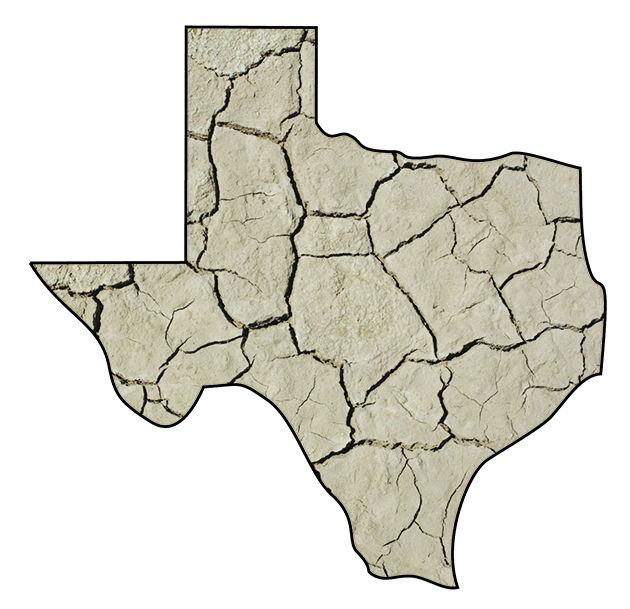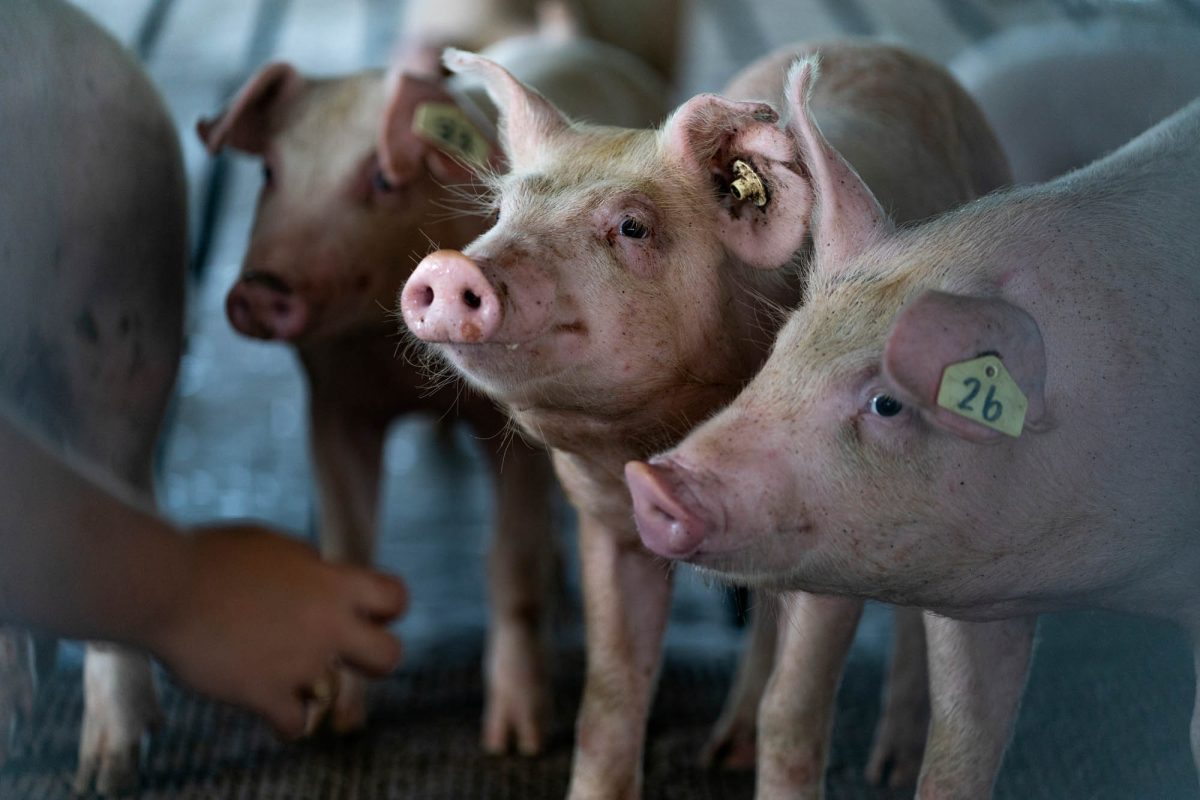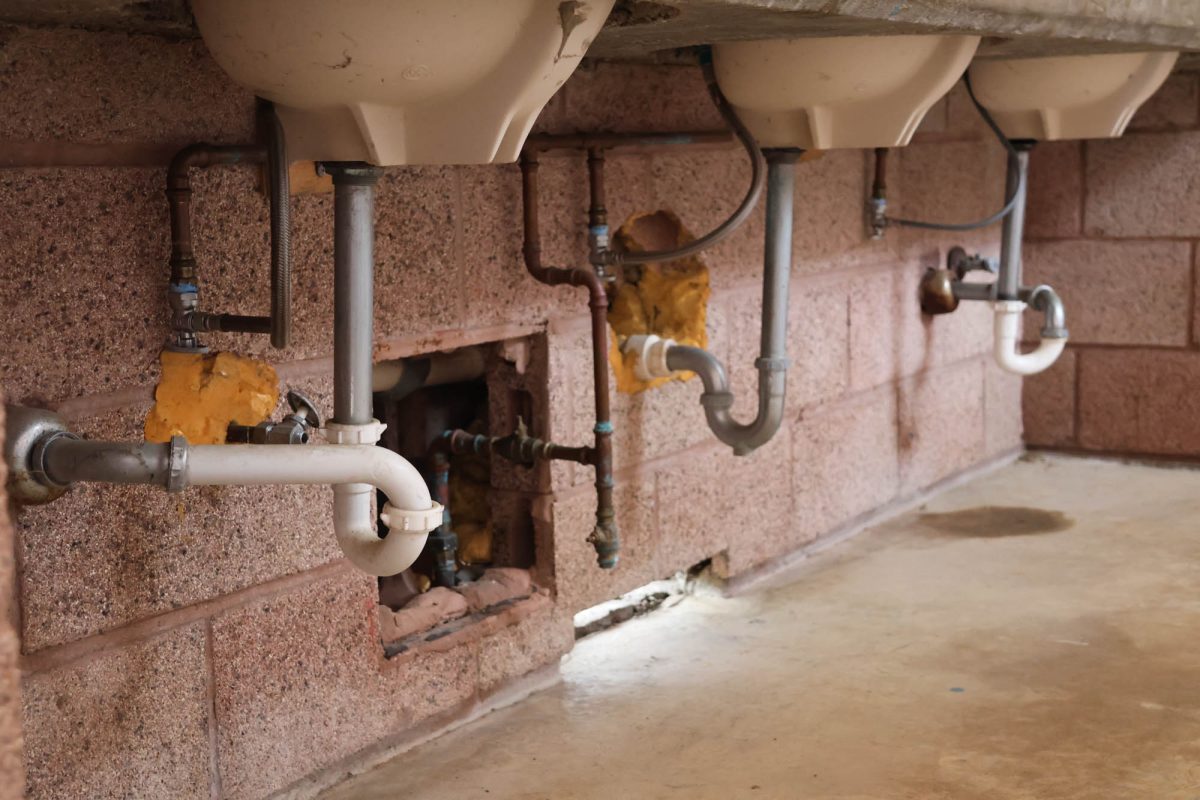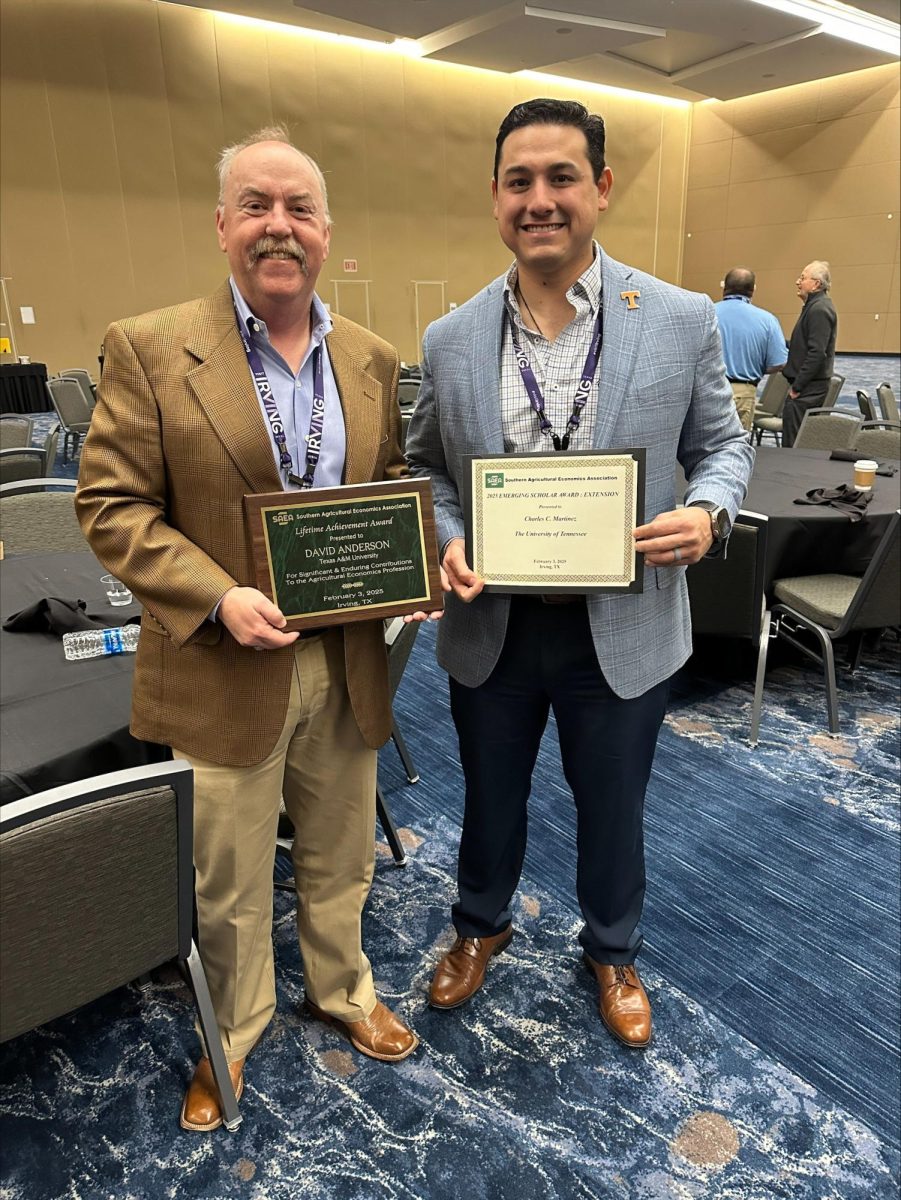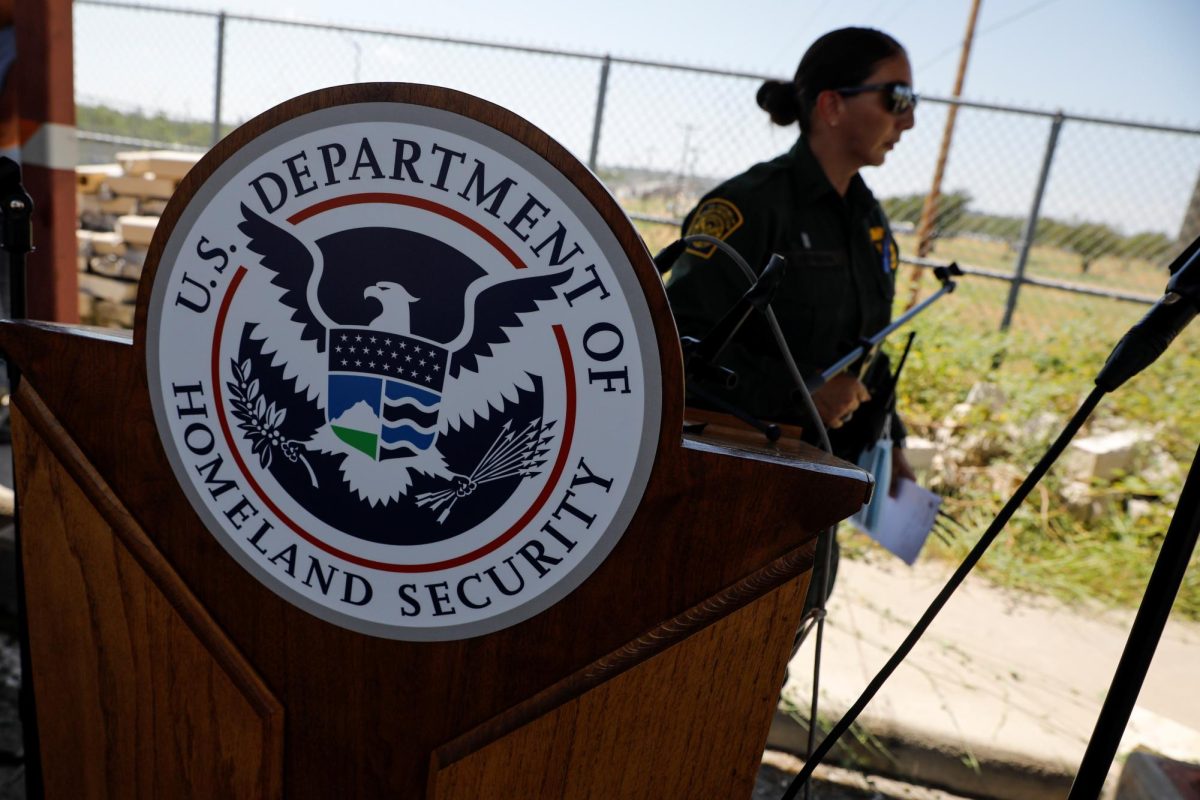Rainfall in Texas has increased since the severe Texas drought of 2011, but parts of the state are faring better than others.
Despite the 10 percent increase in rainfall, Dr. John Nielsen-Gammon, regents professor of atmospheric sciences and Texas state climatologist, said many parts of Texas are dry and will remain so for a long time.
College Station has also been drier than normal, but it was not affected to the same degree as that of the Texas Panhandle or West Texas.
When most of Texas was in the drought of 2011, counties enacted burn bans and called for various water restrictions, including watering days, taking quick showers and buying bottled water to maintain aquifer levels.
“The recent drought affected cattle ranchers primarily,” Nielsen-Gammon said. “Many of them had to cull their herds or sell them off entirely.”
Karl Goldapp, environmental manager for College Station, attributes College Station’s relatively good fortune to the region’s reliance on the underground water of the Carrizo-Wilcox Aquifer.
“Many of these drought restrictions you hear about are enacted because municipalities generally use surface water,” Goldapp said. “When a river or stream dries up, they have to think about where to cut back their water usage. Here in College Station, we use ground water. Aquifers are a much more stable source of water than a river or lake.”
If College Station came under the grasp of a drought, it would not have to worry about the Carrizo-Wilcox aquifer running dry for the foreseeable future.
“The aquifer has been refilling at a much faster rate than we can deplete it, and we’re looking to the El Niño pattern later this summer to help even more,” Nielsen-Gammon said.
Even with a stable water supply, Goldapp said the fact that College Station citizens are relatively conscientious about water consumption is also a positive factor.
“If you practice water conservation at any time, it’s a good thing,” Godapp said. “Now our water and pump capacity is there, and we can supply the citizens and far beyond their needs, but that doesn’t mean you should take advantage of it.”
Should a drought occur, Nielsen-Gammon said it would affect College Station by drying out the atmosphere and raising the daily temperature highs. He said high daily temperatures in excess of 100 degrees fahrenheit would dry out the earth and eventually cause streets to crack and building foundations to fail.
Rains help, drought lingers for parts of state
June 26, 2014
0
Donate to The Battalion
$2790
$5000
Contributed
Our Goal
Your donation will support the student journalists of Texas A&M University - College Station. Your contribution will allow us to purchase equipment and cover our annual website hosting costs, in addition to paying freelance staffers for their work, travel costs for coverage and more!
More to Discover




